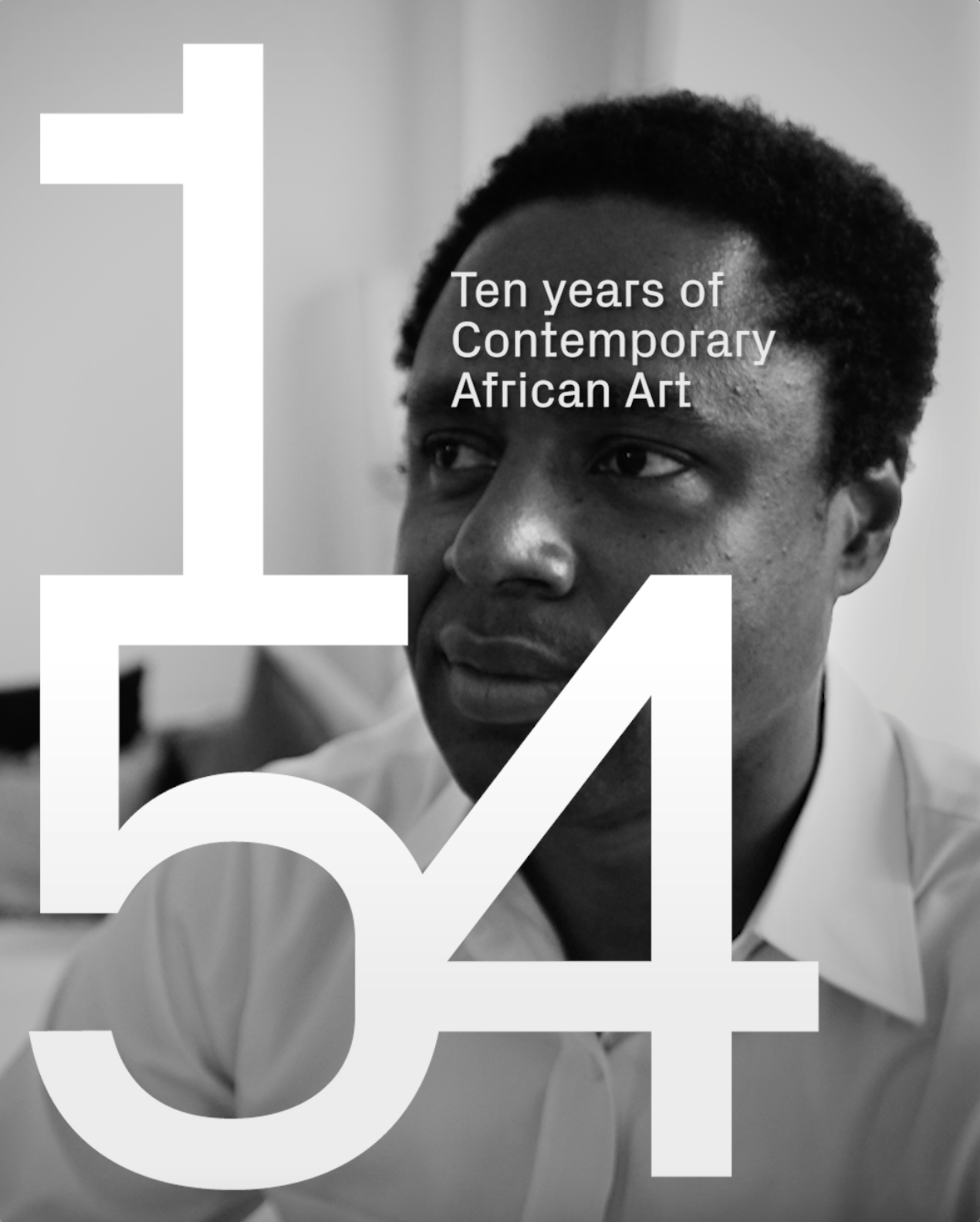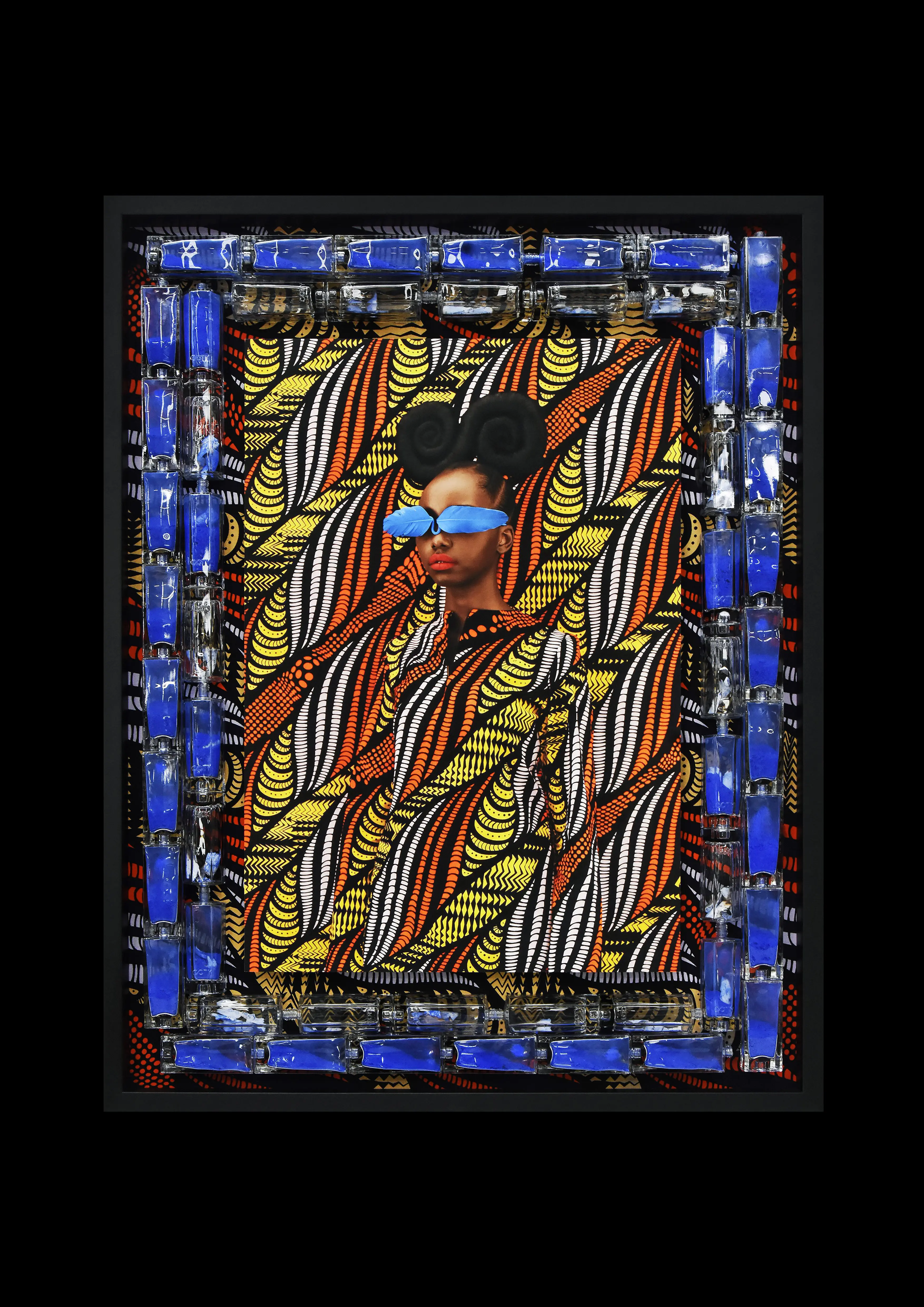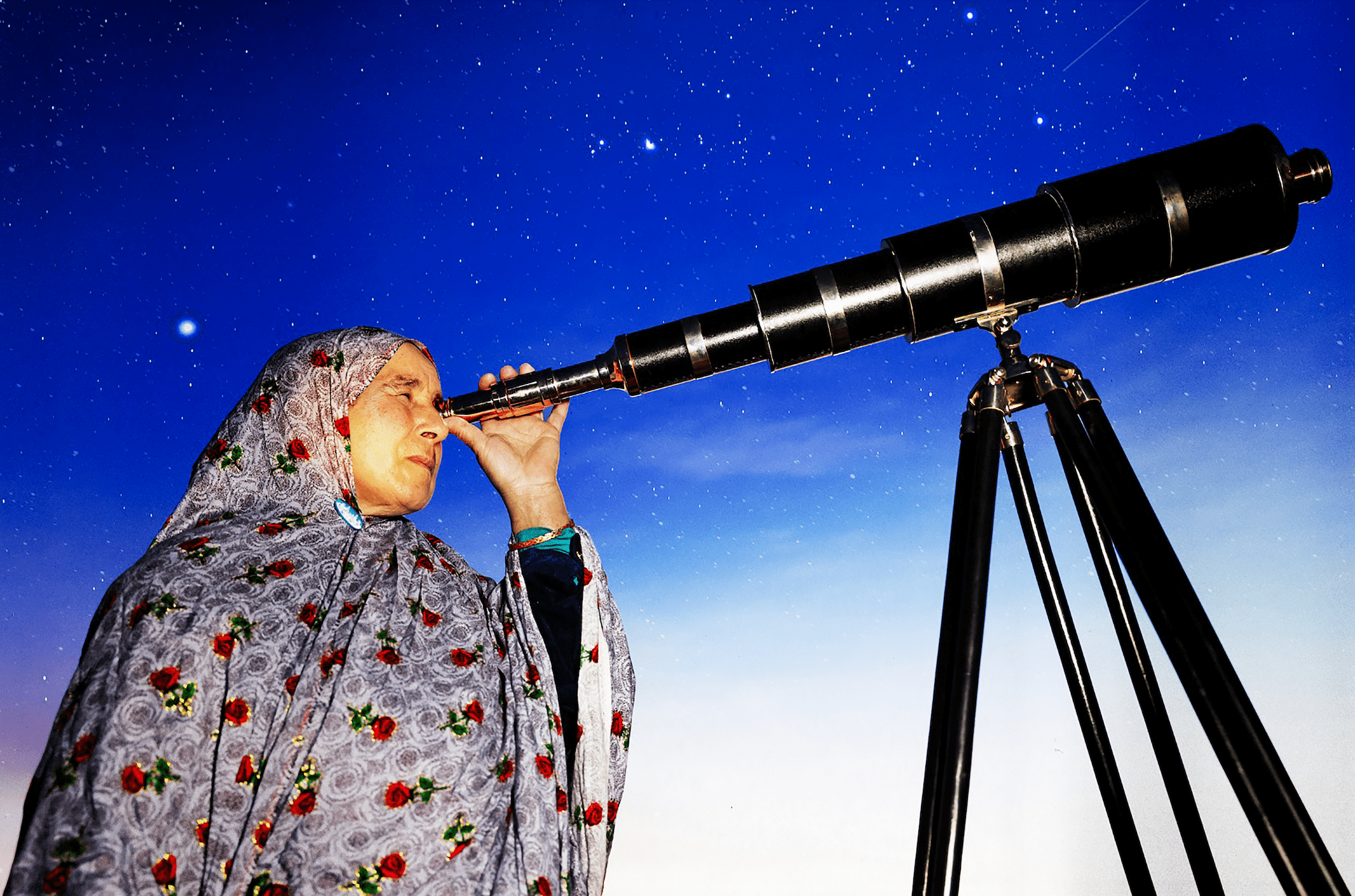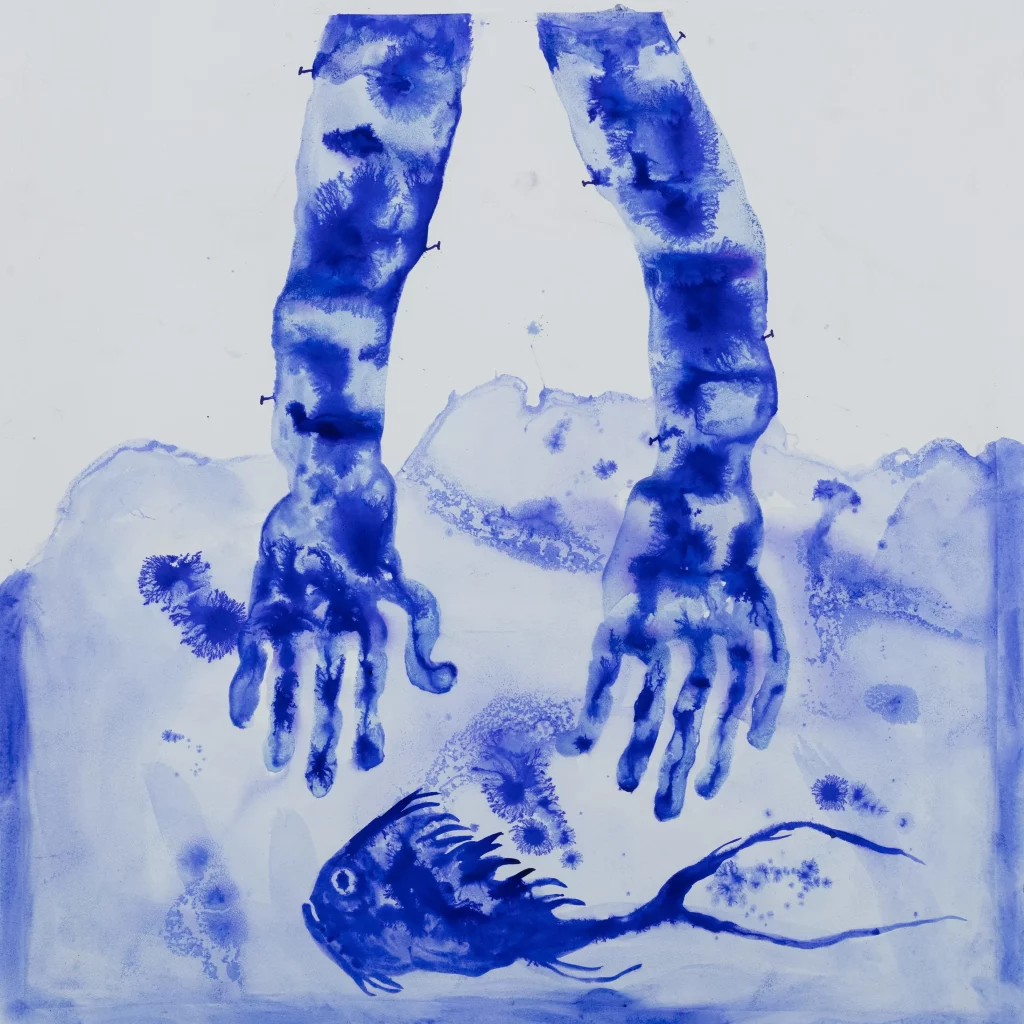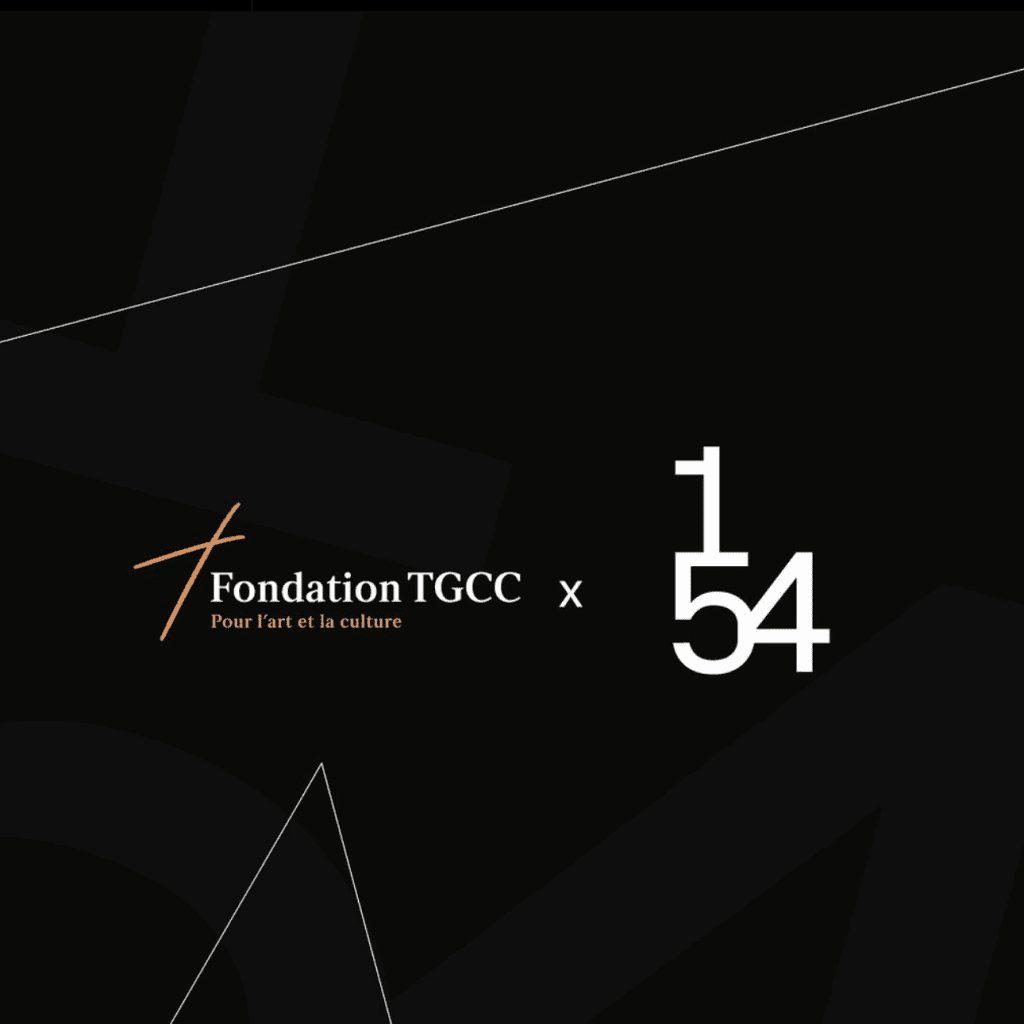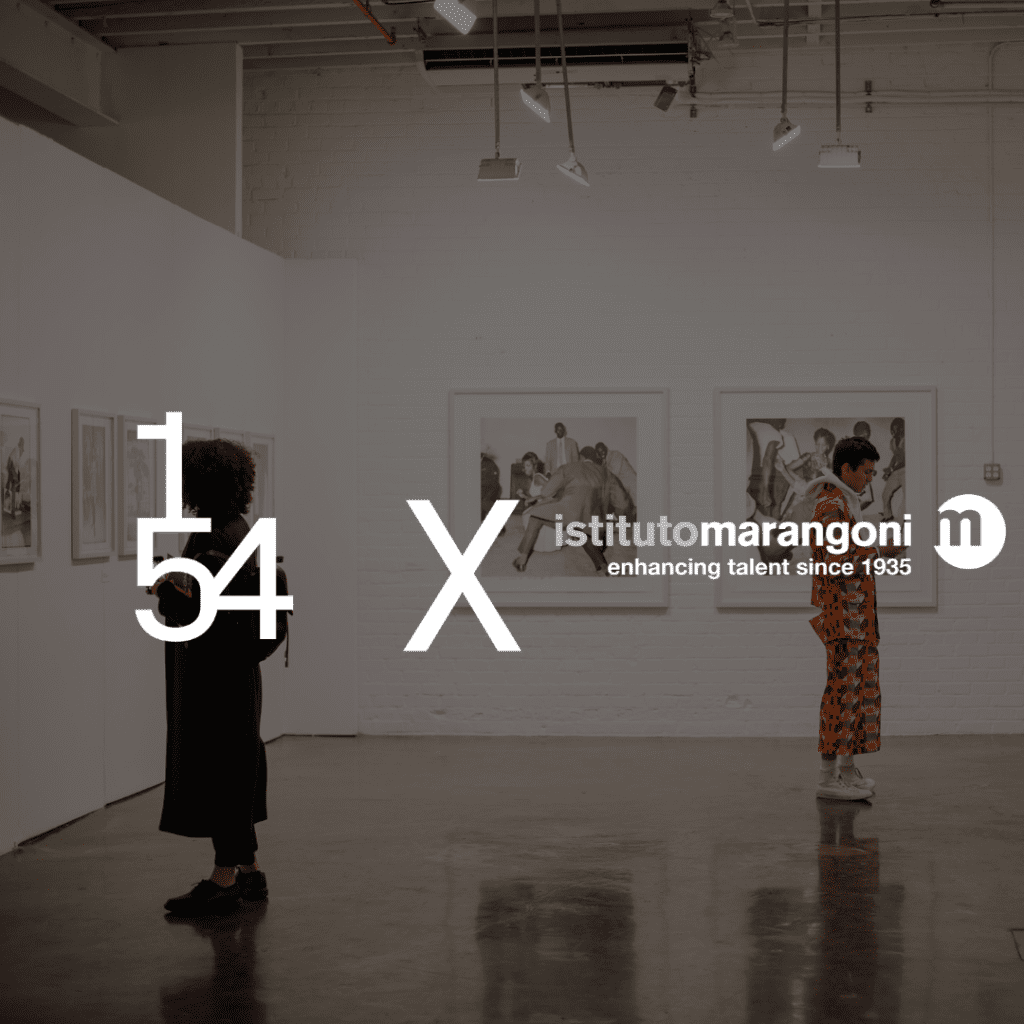My name is Claude Grunitzky. I live in New York; I’ve lived in New York for 24 years. Before that, I’ve lived in London; before that, I’ve lived in Paris; before that, I’ve lived in Lomé, where I was born. So I’m doing it backwards, and I’m actually an investor. I run a venture capital firm called the Equity Alliance, but most people know me as a media entrepreneur because I’ve started several media companies, including the TRACE media company and the TRUE Africa media company. I wear two hats. I have one hat, which is much more in the world of investing, and the other hat is that of the media entrepreneur, who has really focused exclusively on Black culture and African culture throughout the world.
“I felt it was really important to unite Black people around culture because I felt that many Black people have been divided by colonialism and slavery and didn’t know enough about what was happening in different parts of the world where Black people live.”
What was your first encounter with 1-54 Contemporary African Art Fair?
I first heard about 1-54 when I met Touria. She was introduced to me by a mutual friend, and she came to my London office and as soon as I met her, I just knew that we’d be friends for life. She told me her vision for 1-54, and that was along the time that I was also starting my new and latest media company, which is called TRUE Africa, and I felt this was my perfect partner. The reason I really wanted to celebrate the work that she was doing and that the team was doing around 1-54, was because we were totally on the same vibe. We wanted to show the same super modern image of Africa while staying rooted in the traditions and pride of Africa, and we also had this very interesting pan-African approach coupled with sensibilities coming from the diaspora. It was a match made in heaven. That’s why we chose to support 1-54 throughout the years.
What is your relationship to and why are you drawn to Black expressive visual culture?
I’ve spent my entire career documenting, reporting on, and promoting Black culture, because I was born in Togo and I was raised in Togo, but also in Paris and London before coming to New York, and I’ve always wanted to continue the work that Marcus Garvey started with the Black Star. I felt it was really important to unite Black people around culture because I felt that many Black people have been divided by colonialism and slavery and didn’t know enough about what was happening in different parts of the world where Black people live. I made it my life’s mission to unite Black people through culture, media, and education and that’s what I’ve done with all my ventures, starting with TRACE and now with TRUE Africa and everything I’m doing with the Equity Alliance. For me, it’s really the manifestation of a pan-African vision that is around, looking at the differences, but also what unites us. Art is the great unifier — and art, I define it as music, film, fashion, and different forms of creative industries — that yet should blossom more coming out of Africa and that’s why initiatives like 1-54 are participating in this movement to make it more powerful and accessible to people who don’t know much about the continent.
“I’m hoping that the next generation of African creatives is really proud of the fact that their work can be seen throughout the world and I don’t want them to feel that they have to be confined to very narrow spaces.”
You are the founder of TRUE Africa, an amazing platform fostering and empowering young African voices. When did you feel the need to highlight the diversity and the cultural heritage of the African continent?
I’ve always done it since I was in my early 20s. I’ve spent my entire career and in some ways my entire adult life on the same mission. I’ve been very consistent in promoting Black culture and African culture through media. The reason I started TRUE Africa is because I felt it was really important to have African people reporting on Africa, as opposed to always having Western voices reporting on Africa or having people who don’t know Africa reporting on Africa for the world’s consumption. I made it the mission of TRUE Africa to champion young African voices all over the world and I insist on the all-over-the-world part because for me, what was happening in Zimbabwe should be just as relevant as something happening in Jamaica as to what’s happening in Brixton as to what’s happening in the Bronx. I’ve lived in so many different parts of the Black world and experienced so many different creative expressions coming out of global Africa that I felt that it was really important to showcase that and to add my own sensibility to what I was seeing and what I was reporting on everywhere in the world.
Throughout the years, we, at 1-54, have experienced ongoing collaboration with galleries and media platforms like yours, making a collective effort to showcase and cultivate the African continent. What do you think still needs to be done, and what would you advise to figures who want to participate in this collaborative effort?
As an African who’s also an American and a French citizen, I feel like it’s really important to bring more African American voices to the 1-54 platform. I noticed that a lot of African Americans are really interested in 1-54 and in the vision that is encapsulated by the way that Touria has promoted the fair for a decade, but they still need a bit of educating. What’s happened over the last decade is that a lot of African American artists have risen to fame and prominence. They’ve become extremely successful and kind of become the most established Black artists and I feel like it’s very important to build more bridges between African Americans, Black people living in Europe, and Africans living on the continent, so that there can be more mutual exchanges and collaborations coming out of these transcultural imaginations. What’s really exciting to me is that a lot of the artists that I know personally in the U.S. are now much more open to understanding what’s happening as trans and choice points on the continent. For instance, Kehinde Wiley, whom everybody calls my twin because we share the same birthday, have known each other for so many years, and also have the same gap between our teeth, is very active in Africa at the moment. I hung out with him in Togo and Dakar, and the fact that he was able to establish an artists residency in Dakar, the Black Rock residency, is something extremely exciting because that will hopefully pave the way for others to follow. As a result, I believe more African Americans will be more interested in Africa in the same way that Africans have been interested in America for a long time.
What are your hopes for the future?
I’m hoping that the next generation of African creatives is really proud of the fact that their work can be seen throughout the world and I don’t want them to feel that they have to be confined to very narrow spaces. I want them to dream really big and to think that they can be having major exhibitions at the world’s biggest museums and at the world’s biggest cultural institutions — to feel that the world truly is their oyster as opposed to feeling like they have all the odds stacked against them.
“I feel like it’s very important to build more bridges between African Americans, Black people living in Europe, and Africans living on the continent, so that there can be more mutual exchanges and collaborations coming out of these transcultural imaginations.”
Check out the video here.
